The Great Pyramid of Giza, Egypt
Considered to be one of the oldest and largest pyramids according to historians, the Great Pyramid of Giza is located in Giza, Egypt. Known as one of the “Seven Wonders of the World,” the pyramid continues to confound archaeologists to this day. Many believe it is impossible that the Egyptians built the pyramid on their own due to the size and weight of the stones used to build them.
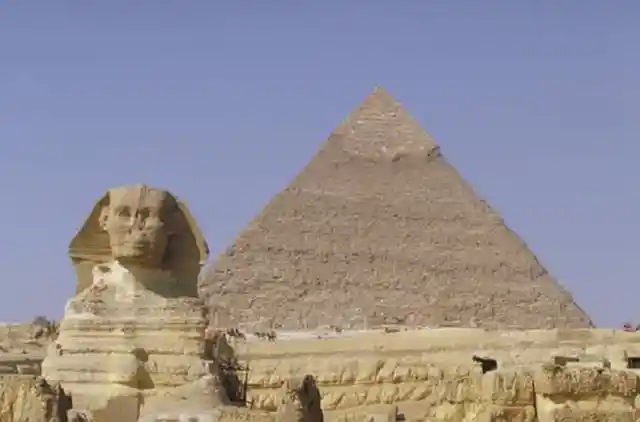
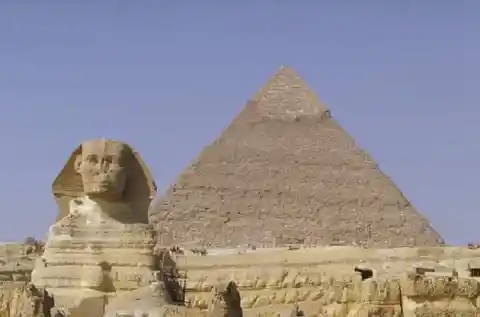
Some conspiracy theorists actually believe aliens were involved. What do you think?
The Terracotta Army
The Terracotta Army was discovered in 1974 by local farmers in the Lintong District and consists of over 8,000 terracotta statue that date back to 210 B.C. They were buried with the Emperor Qin Shi Huang who believed they would protect him in the afterlife.
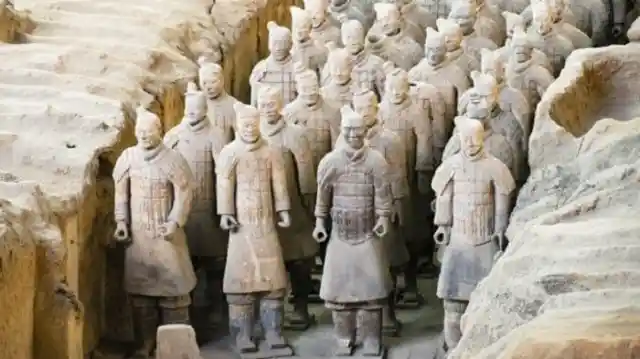

Obviously, no such luck.
The Sayhuite Monolith, Peru
One of the more puzzling ancient sites in the world is the Sayhuite Monolith located in Peru. Featuring depictions of animals, as well as unknown figures, scientists have been trying to rack their brains on why the monolith was constructed and what it was used for.
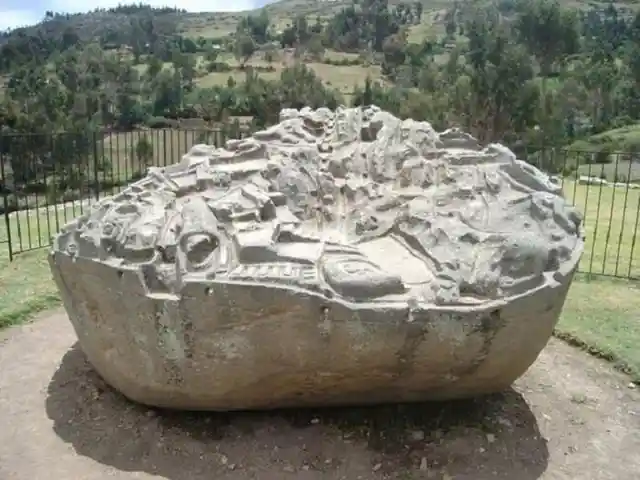
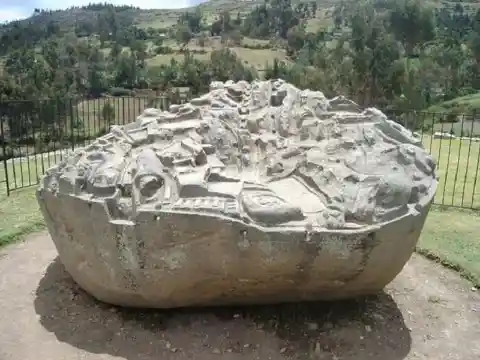
Could it be an ancient alien relic? It certainly looks like one.
The Kabayan Mummy Caves, Philippines
If you’re looking for a mystery that will give you nightmares, look no further than the Kabayan Mummy Caves. Located in the Philippines, these man-made caves are filled with hundreds of perfectly preserved mummies.
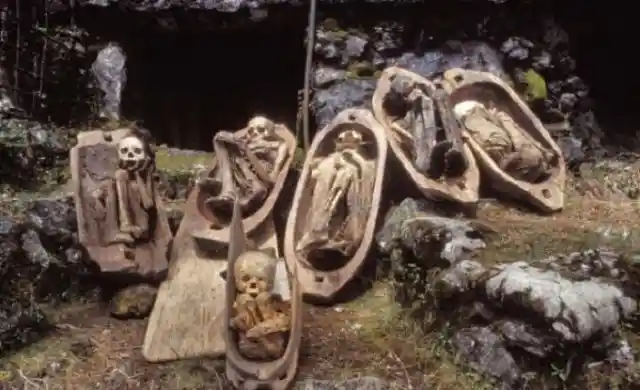

No one knows why the site was created or if it was part of an ancient burial ritual, but the mummies are definitely old, with researchers believing they date back to 2000 B.C.
Roopkund, India
Roopkund, also known as “skeleton lake” is a site in India that is famous for its ethereal beauty and terrifying collection of human skeletons. The skeletons, which are located along the edge of the lake, date back as far as the 9th century.


It has been debated on whether the skeletons settled their naturally or were part of mass human sacrifices. Either way, the site is unsettling to say the least.
The Infamous Carnac Stones, France
Located outside of the village of Carnac in France is a collection of three thousand stones that have been dated as far back as 4500 B.C. Historians have continued to argue as to why the stones were erected, with some believing they were aligned astronomically and others convinced they were utilized to detect earthquakes.
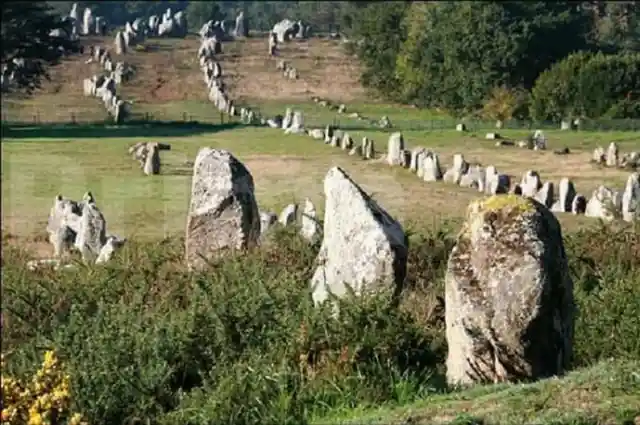

Unfortunately, we may never get a concrete answer unless someone finally invents time travel.
The Three Dolmens, Spain
Outside of the city of Antequera in Spain are three dolmens known as the Cueva de Menga, Cueva de Viera and Tholos of El Romeral. Considered to be the largest found in the entire world, archaeologists have dated them back to 3700 B.C.
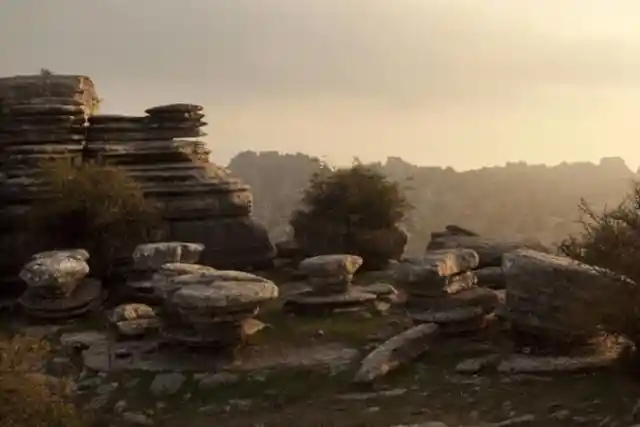
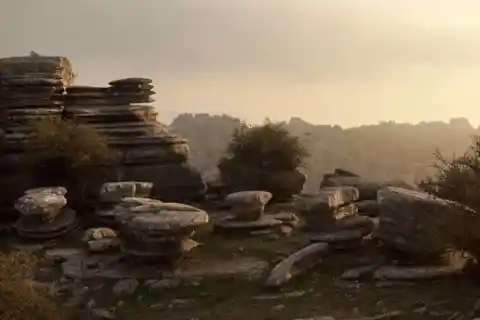
The dolmens, which are single-chamber megalithic tombs, continue to puzzle scientists who have no idea how an ancient civilization could build them. It is expected that each tomb weighed over 100 tons.
Ta Prohm, Cambodia
This ancient Angkorian temple is found in Cambodia and was featured in the 1999 film, Tomb Raider, starring Angelina Jolie. One of the few ruins that have not been rebuilt, the structures of Ta Prohm have been left to nature to decay and slowly fall into disrepair.
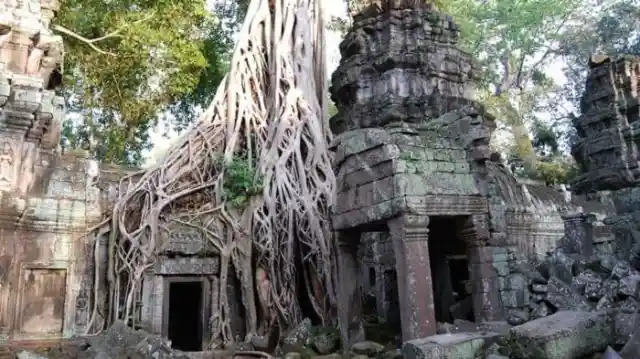

Historians have long debated why the site was abandoned, with some believing it had to do with the fall of the Khmer Empire.
Gulf of Cambay, India

Off the coast of India in the Gulf of Cambay are the sunken ruins of an ancient unknown civilization. Discovered in 2001, many historians have dated the city as far back as 9500 B.C.


No one knows how the city fell into the gulf, but throughout history there have been great earthquakes that could have sunk a city of that size. A beautiful mystery to be sure, right?
Puma Punku, Bolivia
Atemple made up of multiple complexes in Bolivia, the Puma Punku is composed of megalithic stones that are considered to be some of the oldest in the world. Many of the structures resemble letters of the English alphabet and researchers are puzzled with how they were built, seeing as the stones weigh over 100 tons.
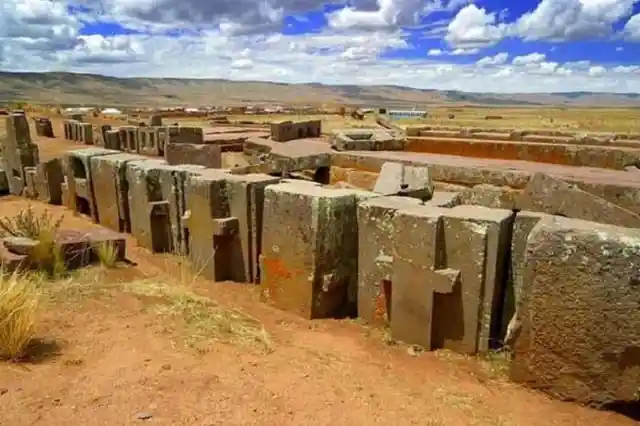
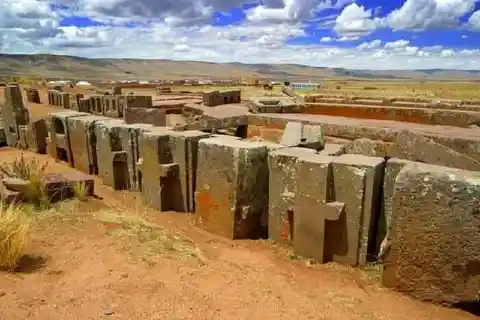
Regardless, these temples will continue to be a mystery. Who do you think built them?
Tikal, Guatemala
Considered to be one of the more well-known monuments in the world, the ancient Mayan City of Tikal is still surrounded by mystery. Located in Guatemala, this popular tourist destination still baffles scientists to this day due to the advanced architecture and designs of the temples and homes that make up the city. According to historians, Tikal eventually became one of the most powerful empires of the ancient Maya. Why was Tikal abandoned?
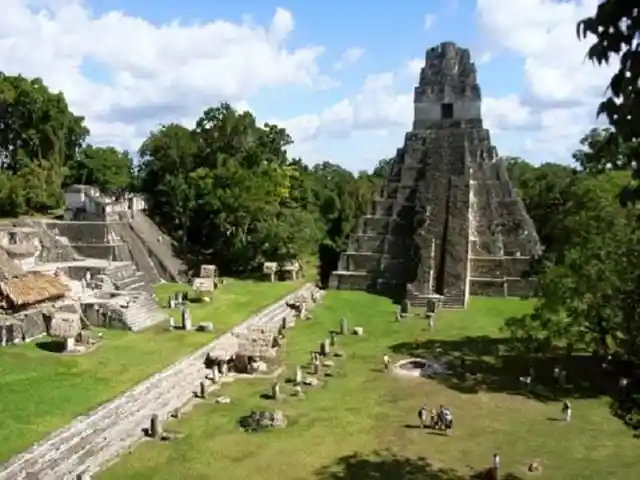
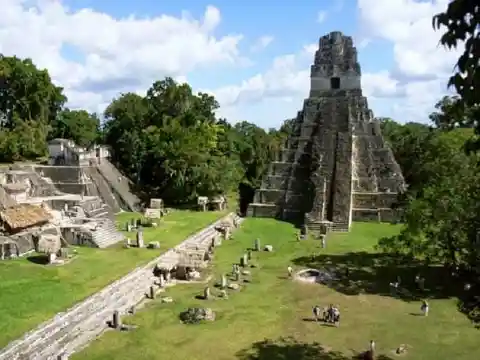
A lot of mystery surrounds this question; some evidence suggests that much was burned down before the Maya population’s mass exodus. Why? We may never know.
Machu Picchu. Peru
Located on a mountain range high above the Sacred Valley, the Inca city of Machu Picchu, in Peru, is truly a wonder to behold. The intricate design of the city, along with the large temple at the top of the mountain has left scientists scratching their heads for decades.
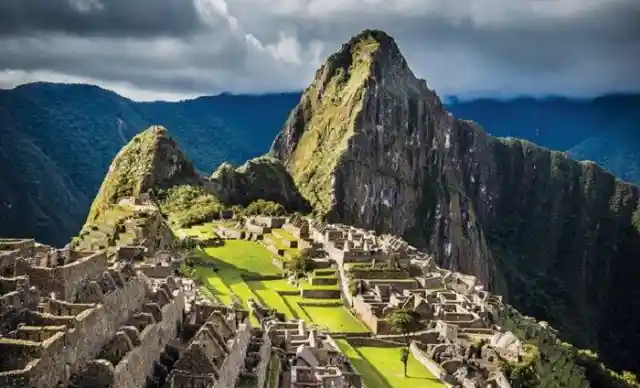
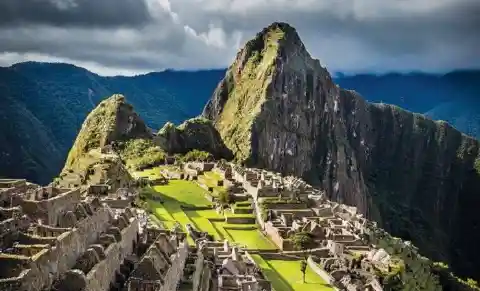
According to historians, the high elevation of the location would have made it incredibly difficult to transport the stone needed to build the city. Plus, the large temple defies modern architectural norms–Maybe aliens did it?
Stone Spheres, Costa Rica
These mysterious and mind-bending stone spheres are located on the Disquis Delta, on the Isla del Cano, in Costa Rica. The locals call them Las Bolas, and it is believed there are over 300 of them varying in size around the country. Some of the spheres have been found to weigh-in at over 15 tons! Researchers determined that the spheres were crafted from a local stone, known as gabbro, through hammering natural rocks and then smoothing the surface with sand.


To this day, no one really knows their purpose–A new form of décor? Gifts from extraterrestrials? For now, we’ll only have theories.
Moai Statues, Easter Island
Located on Easter Island in the South Pacific, the Moai Statues are iconic, as well as mysterious. Discovered to be built by the Rapa Nui people between 1250 and 1500 A.D., there are over 900 statues scattered across the island and even more at the Rano Raraku quarry, where they are still located.
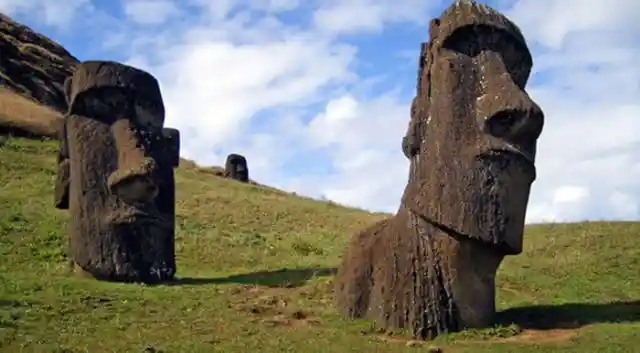

First discovered by the Europeans in the 17th century, it’s believed the statues represent eastern Polynesian deities. What still confounds researchers is how the Rapa Nui were able to build and bury the massive structures, let alone transport them all around the island.
Stonehenge, England
Stonehenge in England is one of the most iconic tourist destinations in the world. An ancient monument that was built sometime between 3000 and 2000 B.C., many people believe that the site holds supernatural and even magical properties.
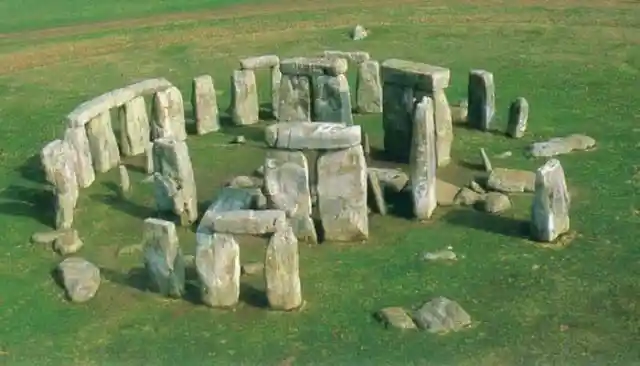
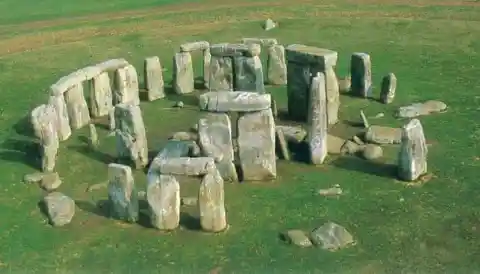
Pagans celebrate Samhain with a festival at the site every year, although locals are petitioning against it (due to the increasing yearly damage to the monument). Researchers are still baffled at how the Stonehenge was actually crafted since the upright stones weigh over 25 tons!
The Yonaguni Monument, Japan
The Yogayuni Monument, discovered by divers in the late 1980s, is an underwater rock formation off the coast of the Ryukyu Islands. Although it looks man-made, many archaeologists have argued that it could be naturally-formed. The most concrete evidence that points to the monument being artificial is in the straight edges of the rock and 90-degree angles.
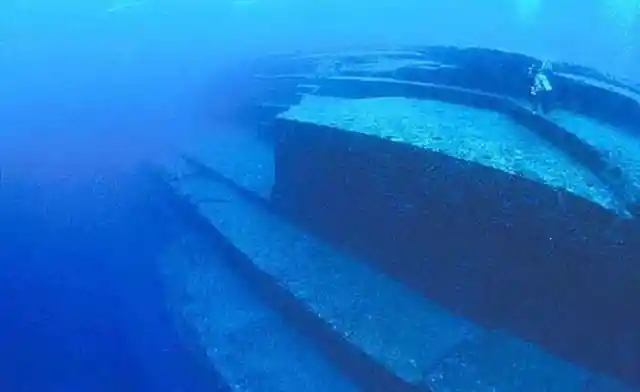

If it was man-made, the question remains on how it got there? Is it possible that this structure used to be above the sea and that an earthquake caused it to sink?
The Nazca Lines, Peru
AFD-WH1-003-77 The Nazca lines that are located in Peru are simply astounding. A series of large ancient geoglyphs carved into the Nazca Desert, scientists debated, for decades, what their true meaning is and why they were created. It’s believed the pictographs were created around 500 B.C.
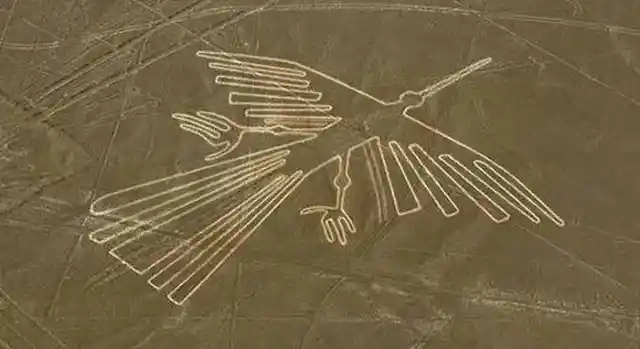
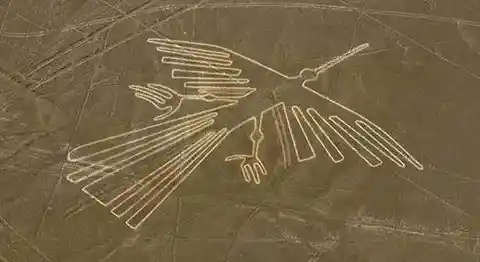
and there are over 70 designs of animals, such as fish, monkeys, llamas, and jaguars. Scholars believe it is possible that the Nazca lines hold a deep spiritual meaning, though others think they were designed to communicate with aliens.
Temple of Jupiter, Lebanon
Located in what is now known as Baalbeck, Lebanon, previously known as Heliopolis of the Roman Empire, the Temple of Jupiter is a large structure that was dedicated to the cult of Zeus. Historians have long questioned how the temple was built since Roman cranes at the time would not have been capable of lifting the large pillars into place.
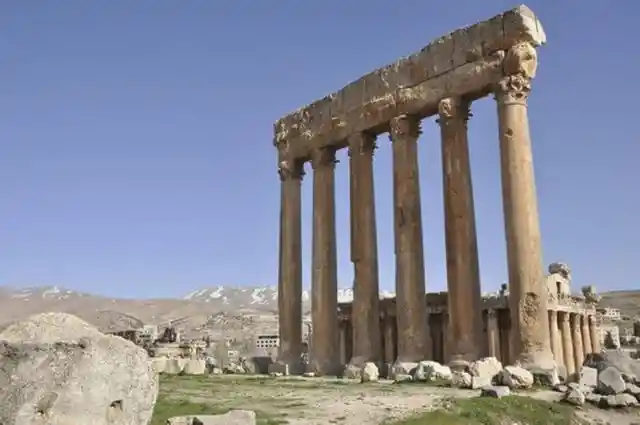
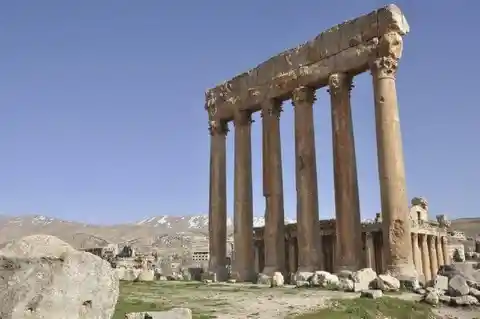
The temple was eventually destroyed by earthquakes, and its ruins were pillaged for stone. Eight of the columns were moved to Constantinople, but six of the original pillars still stand in the original location.
Gobekli Tepe, Turkey
Considered to be one of the oldest sites of worship for humans, the Gobekli Tepe, in Turkey, continues to confound scientists to this day. Crafted from huge stone megaliths, the Tepe predates Stonehenge by over 6,000 years.
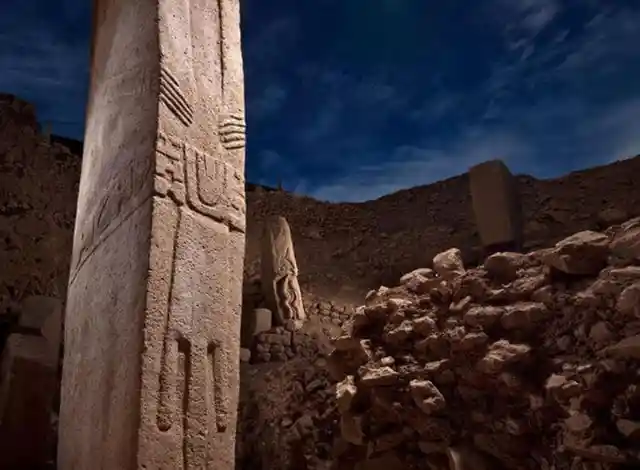
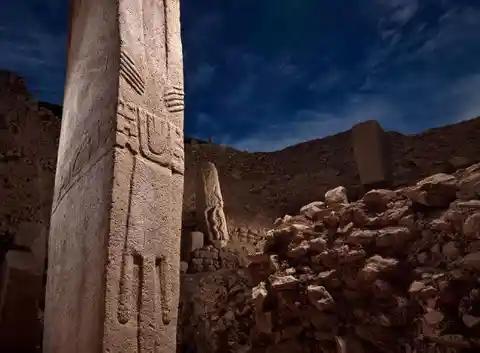
The site was excavated in 1996 by a German archaeological team and is made up of stone slabs and pillars that feature runes, as well as animal designs. While it’s ultimate function remains unknown, archaeologist Klaus Schmidt theorizes that it was a Neolithic sanctuary and it was used as a holy site.
Lost City of Petra, Jordan
Petra, a historical and archaeological city, was discovered in southern Jordan, in 1812, by Swiss explorer, Johann Ludwig Burckhardt, and it was dubbed “the lost city”. Known for its rock-cut architecture and advanced water conduit system, Petra is considered one of the NEW Seven Wonders of the World. Beyond being built in 312 B.C., not much is known about Petra.


The only structure left standing is now acting as Jordan’s most popular tourist attraction. What happened to this once great city? We may never know.
The Great Zimbabwe Ruins, Zimbabwe
Did you know that the country of Zimbabwe was actually named after the Great Zimbabwe Ruins? Located near Lake Mutrikwe, this long-lost city was the capital of the Kingdom of Zimbabwe during the country’s Iron Age.
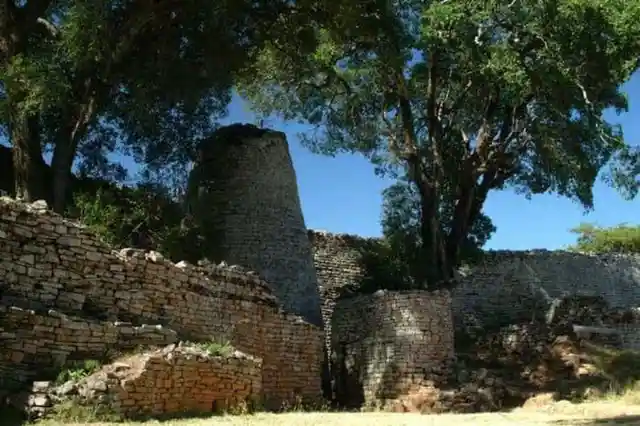
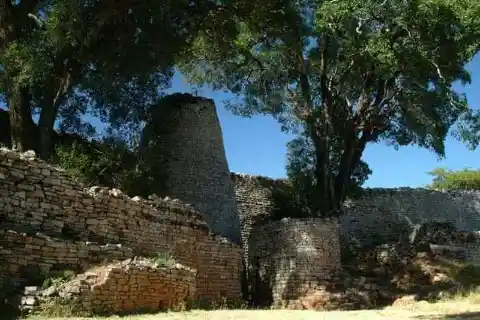
It is believed that the city started construction during the 11th century and wasn’t completed until late into the 15th century. No one knows why the city was eventually abandoned, but it is theorized that the population declined over a period of time.
Goseck Circle, Germany
Constructed back in the 49th century B.C., the Goseck circle is a popular structure in Saxony-Anhalt, Germany. The circle is designed from stone, gravel, and wood, with entrances aligned with the sunrise and sunset on solstice days.
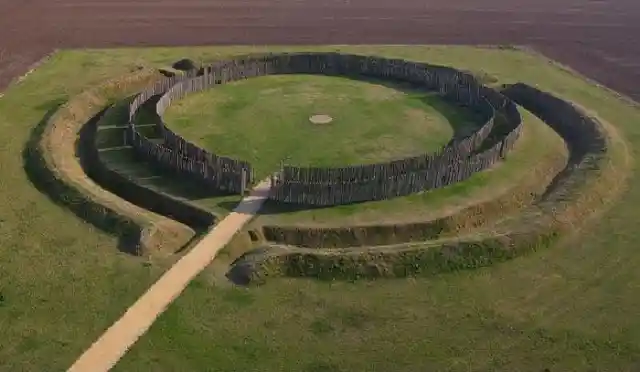
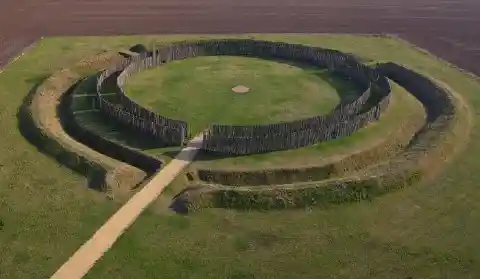
While the circle’s existence wasn’t made public until 2003, it is believed that it held some religious significance or could have been one of the first solar observatories. It was also discovered that human sacrifices took place at the structure, no thanks to an unsettling find of human remains.
The Giant Head Statue, Guatemala
Archaeologists and historians seem to agree that many of our planet’s secrets are hidden within the untamed jungles most humans have yet to set foot in. The jungles of Guatemala hold such treasures, one being the Giant Headstone. Discovered in the late 1980s, it is considered to be one of the 17 Olmec colossal heads that were crafted around 900 B.C.
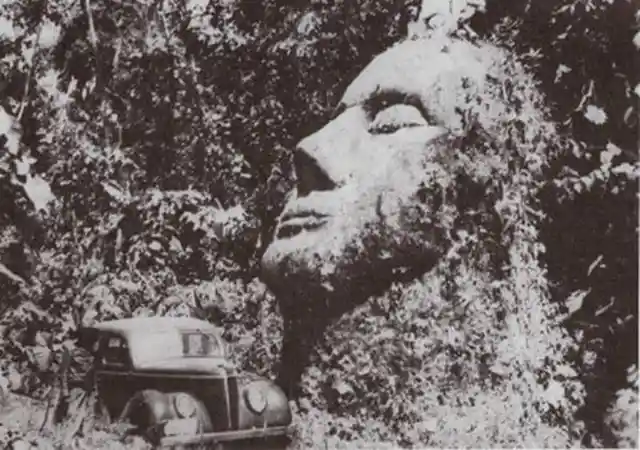

The first head was discovered in the 19th century by Tres Zapotes, sparking the first interest in the Olmec’s culture. Not much is known about these giant stone structures and their significance continues to remain a mystery.
Ciudad Perdida, Colombia
An ancient city located in Colombia, the Ciudad Perdida was built sometime around 800 A.D. Designed with a series of terraces carved right into the mountainside, the site was discovered in 1972 by a group of local treasure hunters.
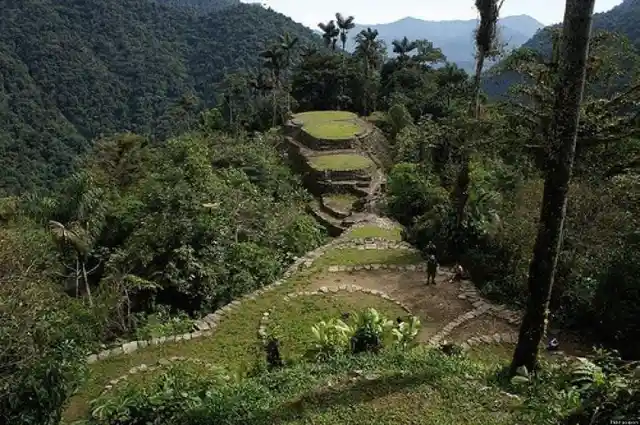
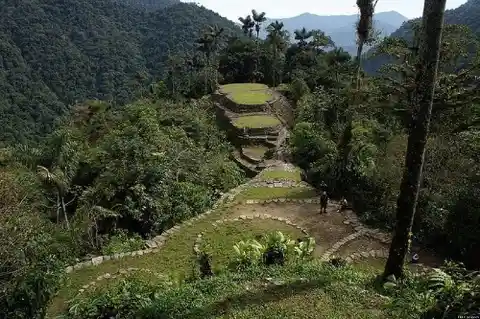
Although the demise of the city continues to be shrouded in mystery, historians believe that it once housed up to 8,000 people before eventually being abandoned during the Spanish conquest.
The Masuda-no-Iwafune, Japan
No, this isn’t an alien spacecraft; it’s actually an ancient monument in Asuka, Japan. Known as the Masuda-no-Iwafune, this structure has continued to puzzle scientists who have not been able to determine why it was created.
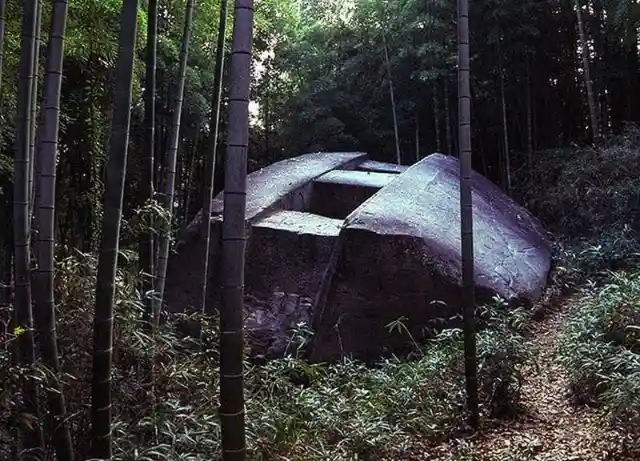
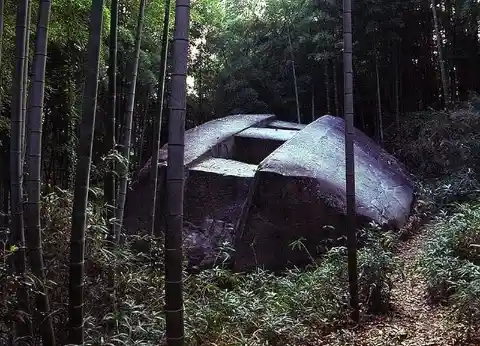
Nicknamed the “Ancient Rock Ship of Asuka” by locals, some theorists have concluded that the structure was an ancient calendar used in Japanese agriculture. What do you think?
The Georgia Guidestones
While the Georgia Guidestones are not an ancient relic from a time long past, their purpose still remains a mystery. Commissioned in 1979 by a man under the pseudonym Robert C. Christian, the Guidestones are made up of four stone slabs with inscriptions in four different languages (Babylonian, Greek, Sanskrit, and Egyptian hieroglyphs).


Standing at the highest point in Elbert County, Georgia, all of the stones are astronomically aligned. According to the man who had it designed, the monument was crafted to withstand catastrophic events and functioned as a compass, calendar, and clock. However, WHY it was built is still left unanswered.
Newgrange, Ireland
Located in Ireland, the Newgrange is a stone monument that dates back before the Great Pyramids of Giza. Built during the Neolithic period, around 3200 B.C., the monument is made up of a large circular mound with passageways and chambers inside the stone.
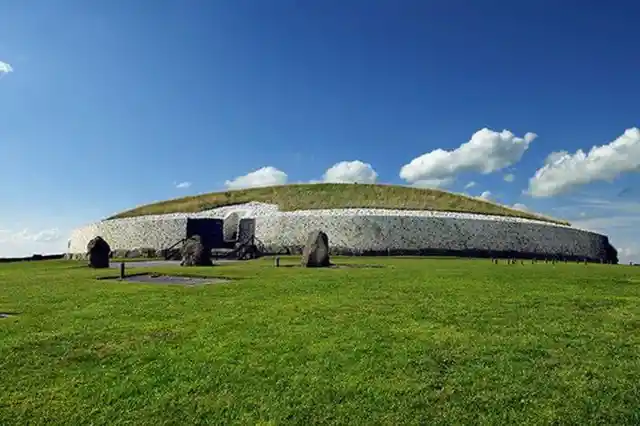
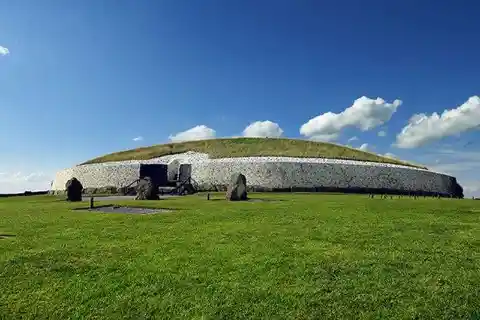
While archaeologists can’t seem to agree on why the site was built, many theorize that it has a religious significance due to the human remains and votive offerings found inside its chambers.
Teotihuacan, Mexico
Built around 100 B.C., the ancient city of Teotihuacan is located in a sub-valley in the Valley of Mexico. It was considered to be one of the largest cities during the pre-Colombian Americas, with a population of over 125,000 at its zenith. According to historians, the city was started as a religious center in the Mexican Highlands.
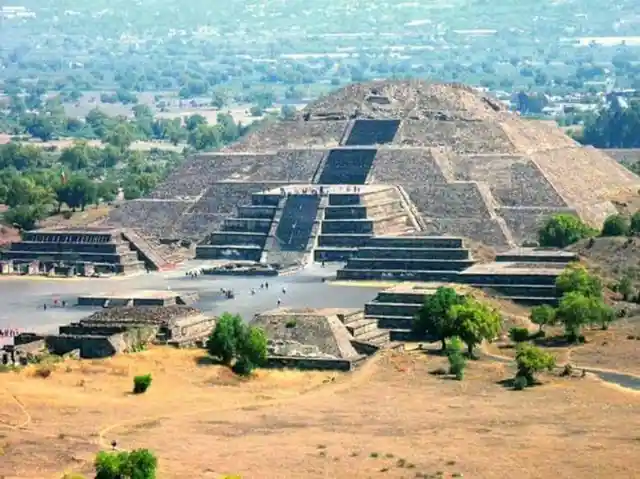
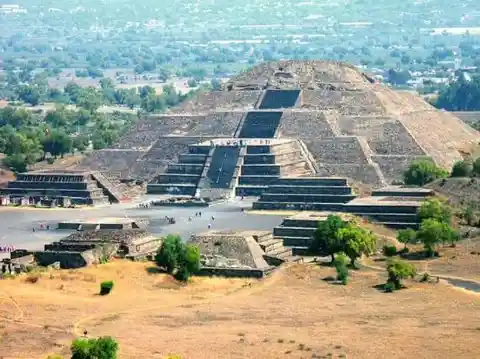
One of the biggest mysteries surrounding the city is the cause of its collapse. Archaeologists found evidence indicating that the city was invaded at one point, although an internal uprising has also been theorized.
The Obelisk of Aswan, Egypt
The Obelisk of Aswan is located in the ancient quarries of Aswan, Egypt. Hatshepsut ordered the obelisk’s construction in 1508 B.C., and Archaeologists believe that it would have been larger than any of the already-erected obelisks at the time. The obelisk was carved directly out of the bedrock, but due to cracks forming in the granite, the project was abandoned.
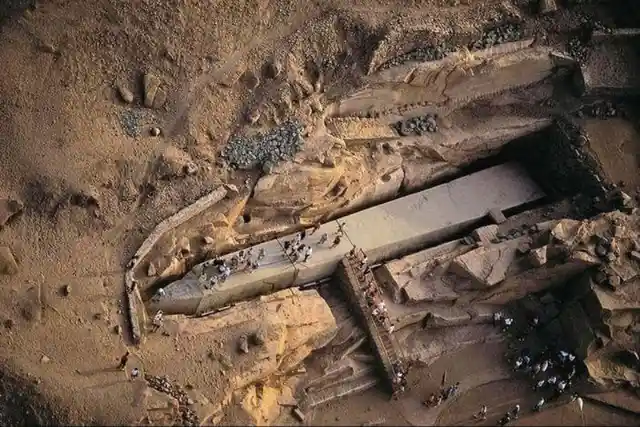
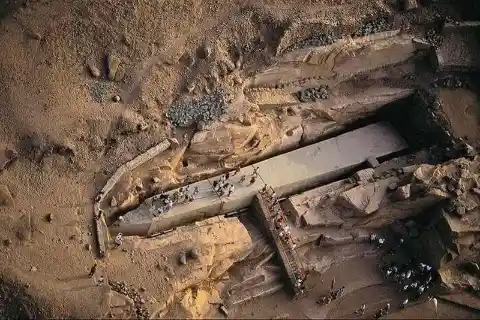
There’s one mystery surrounding this unfinished ruin: How could the Egyptians have erected the monument? The Obelisk is estimated to have weighed over 1,200 tons–that would be a problem, even for modern-day cranes.